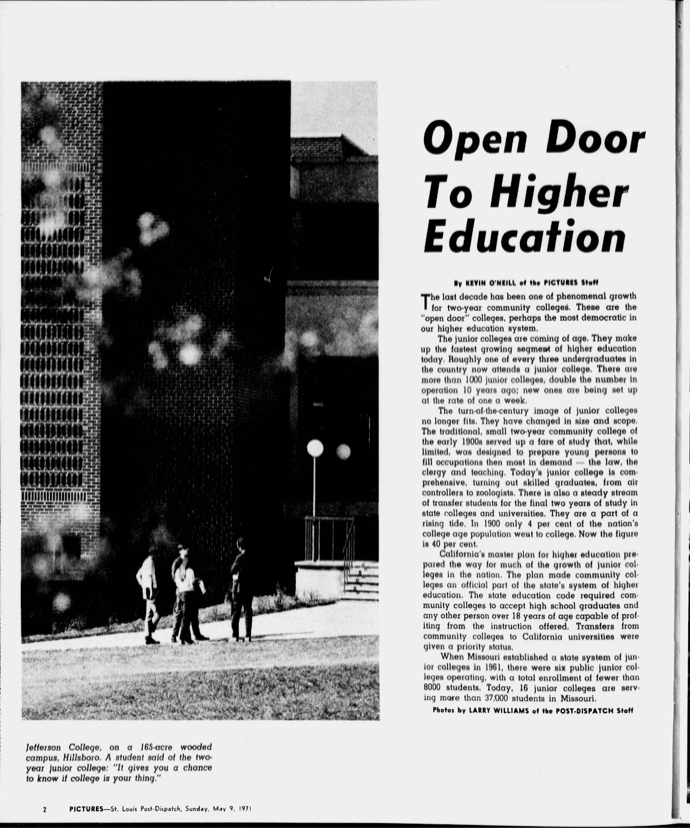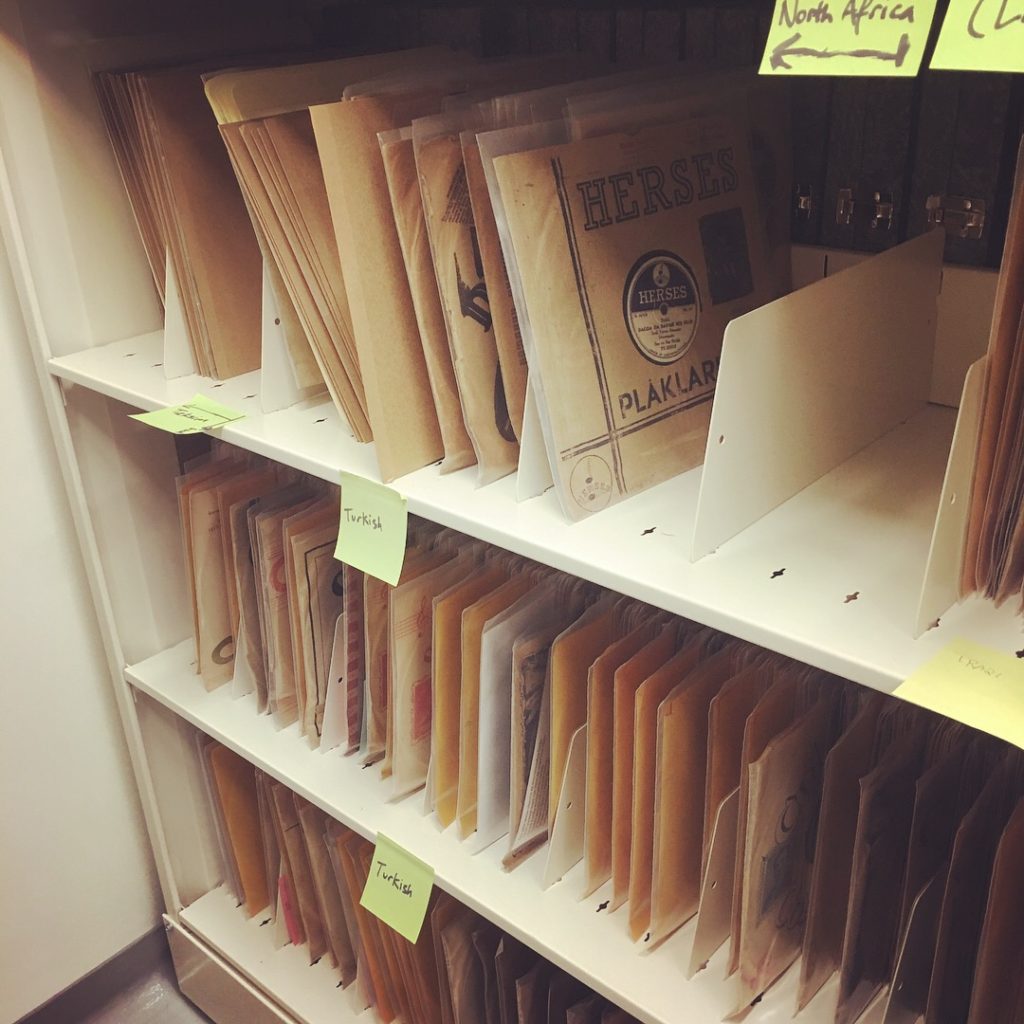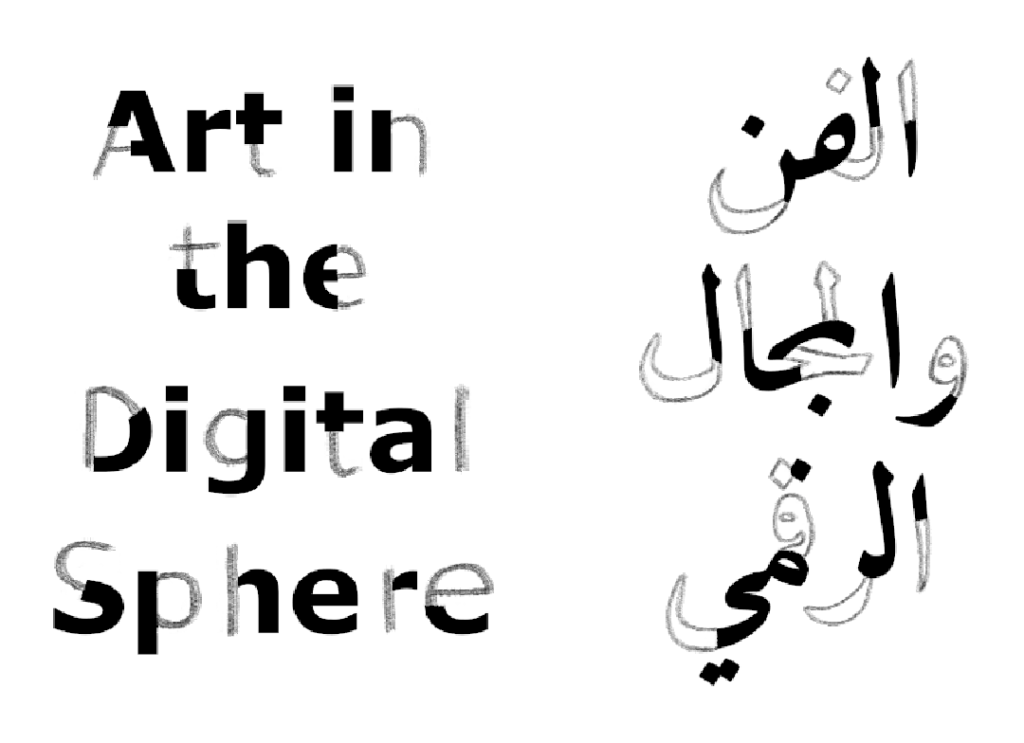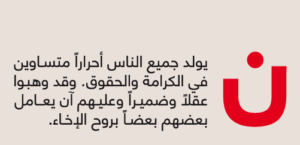A hazine or a khazina خزينة is a repository. It is where you put things. Accordingly, Hazine began as an archives review site in 2013, producing content relevant to Ottoman, Middle East and North Africa studies. Since ‘relaunching’ in 2018, with new editors, Heather Hughes and N.A Mansour, Hazine has continued to provide the research community with archive reviews, but the site was also reworked to be more broadly inclusive of cultural heritage and information science professionals and highlight their contributions to research on the Islamicate world across time. We introduced our new resource lists (including for visual sources and digitized collections), as well as interviews and essays, as we saw increased opportunities for Hazine as a publishing platform. We began to rethink the website’s visual identity. We have also added two editors, Shabbir Agha Abbas and Marwa Gadallah, to our team to support the demand for diverse content.
Hazine is not supported by any university, research center, or think tank. It is not funded by a private individual who has their own agenda. Its contributors and editors are all volunteers. To continue producing material responsibly, inclusively and ethically, we need funding. Over the next month, we are fundraising to give us a budget to support our expansion. At a very basic level, this will allow us to keep the lights on, paying for our web hosting services, which is up for renewal in August 2020. However, funding will also allow Hazine to
- Pay our contributors –many of whom are graduate students, independent researchers or contingent faculty– an honorarium, in line with the ethics we hope to embody; provide a small stipend to our editors; compensate any experts we may consult with.
- Continue to produce content more regularly and in other languages; expand our offerings, including digital humanities tools.
- Translate existing content into other relevant languages using professional academic translation services.
- Incorporate more materials for the general public, in collaboration with the public.
- Employ a freelance graphic designer to produce a new logo and visual identity for Hazine.
- Eventually apply for a 501 C3 license, which will allow us to apply for further funding and help with taxes.
- Continue to build collaborative relationships across our many overlapping, shared communities.
We will need to raise a minimum of 5000 USD in order to begin to continue producing content and implementing changes along these lines; this will be our budget for the next year. If you have students you refer to our site, if you use our site yourself, if you appreciate the need for open-access and ethically produced content relating to history and knowledge production, and if it is comfortably within your means, please consider making a donation. You can make a one-time donation here or set-up for a recurring donation here. If you don’t have the means to donate, please share widely on social media and email your colleagues the link to our donation page: this will be a huge help.
Fundraising will allow Hazine to continue to operate independently and allow us the freedom that institutional ties might not be able to give us. We hope to be able to, funding permitting, send a small token of thanks to our funders.
(Special thank you to Neelam Hussain, Marcia Lynx Qualey, Marc Reyes, and Jasmine Soliman for their advice on fundraising)







